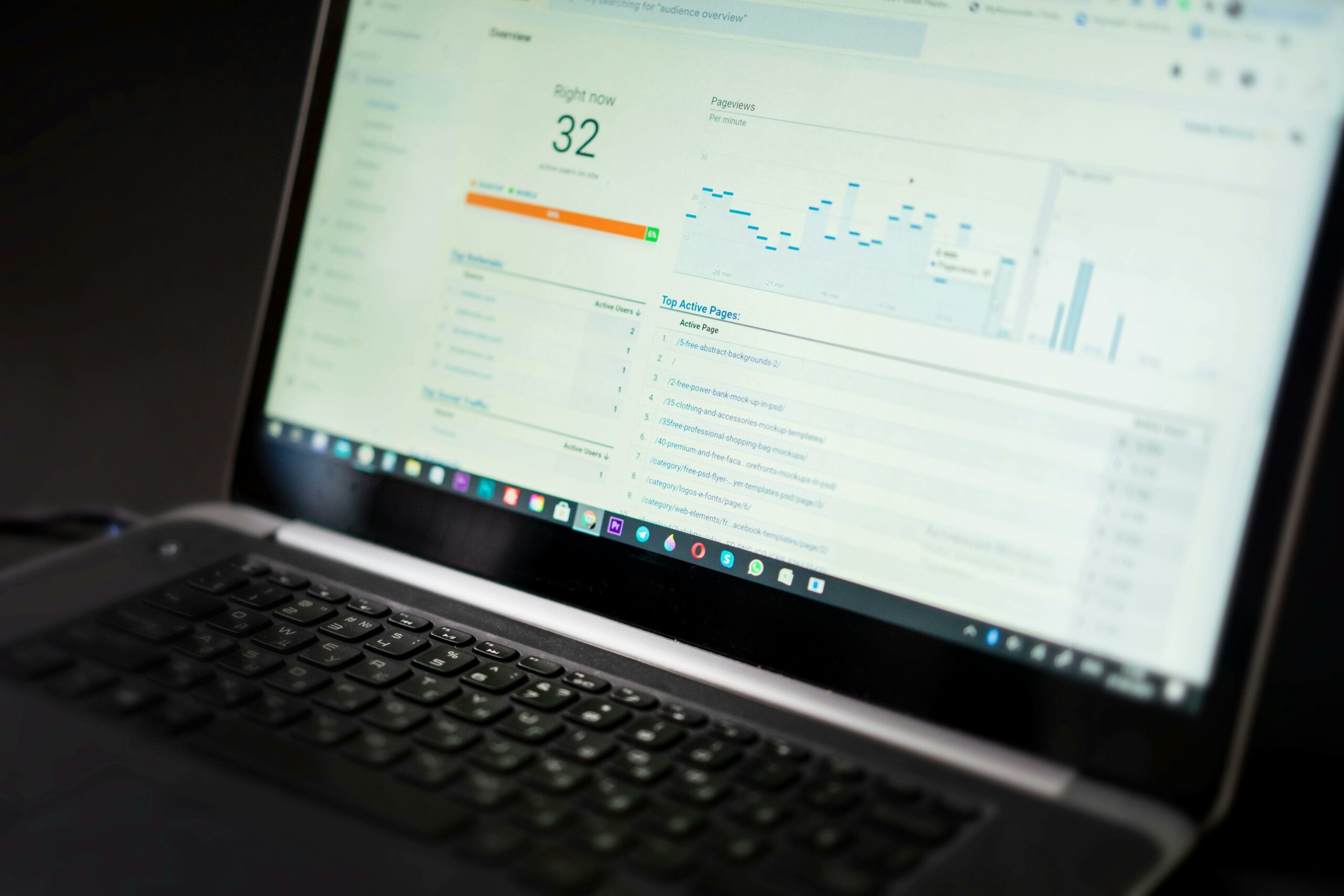Why You Should Delay TROAS for New PPC Campaigns
Why You Might Be Capping Your E-commerce Success
You’re excited. You’ve just developed a shiny new Pay-Per-Click (PPC) campaign, and you’re keen to see how it performs. Hold on! Before you rush into setting your Target Return on Ad Spend (TROAS), there’s something you should know: sometimes less is more. Starting a PPC campaign with a pre-determined TROAS is like setting sail in uncharted waters with an anchor tied to your ship. You’re limiting your own journey.

Photo by Christin Hume
The Double-Edged Sword of TROAS
TROAS can act as a double-edged sword. On one hand, it aims to maximise your returns. On the other, setting it too soon can unintentionally cap your spending, which in turn restricts your potential reach and engagement. Remember, the initial phase of any PPC campaign is about discovery. It’s your reconnaissance mission to gather data on market responses to your adverts.
Think of it as letting a bottle of fine wine breathe. At first, you’re not quite sure of the flavours that will emerge. But by letting it breathe, the wine reveals its true essence over time. Likewise, not setting a TROAS right away allows your campaign to settle into its natural rhythm, providing you with a more organic and precise picture of its capabilities.
How to Navigate Without a TROAS: A Step-by-Step Guide
Here’s how to cautiously approach TROAS in the early days of your campaign:
- Start With a Test Budget: Before diving in, allocate a budget specifically for testing. You don’t want to burn through your entire budget during the discovery phase.
- Monitor Closely: Keep an eye on key metrics, such as click-through rates and conversion rates, but also on secondary metrics like time spent on site and bounce rates.
- Be Adaptive: If certain keywords or ad sets are performing exceptionally well or terribly, don’t be afraid to make adjustments on the fly.
- Data Gathering: Allow at least two weeks (or longer, depending on the traffic) to gather sufficient data that will provide insights into the campaign’s effectiveness.
- Analyse and Fine-Tune: After the discovery phase, sit down to analyse the data. This is the time to set your TROAS based on real, actionable insights.
- Optimise for Scale: Once you have a clearer picture of your campaign’s performance, consider scaling the parts that are working well.
Give your campaign time to breathe
It’s tempting to jump straight into setting a TROAS, but remember: you’re setting the stage for a long-term strategy. Be audacious. Give your new campaigns the room they need to flourish without the limitations of premature constraints. Only then can you truly optimise for long-lasting, scalable success.
So, next time you’re about to launch a new PPC campaign for your e-commerce site, take a step back and let the campaign breathe. You might just find that the campaign will guide you to a TROAS that truly matches its potential, rather than one that hampers it.



